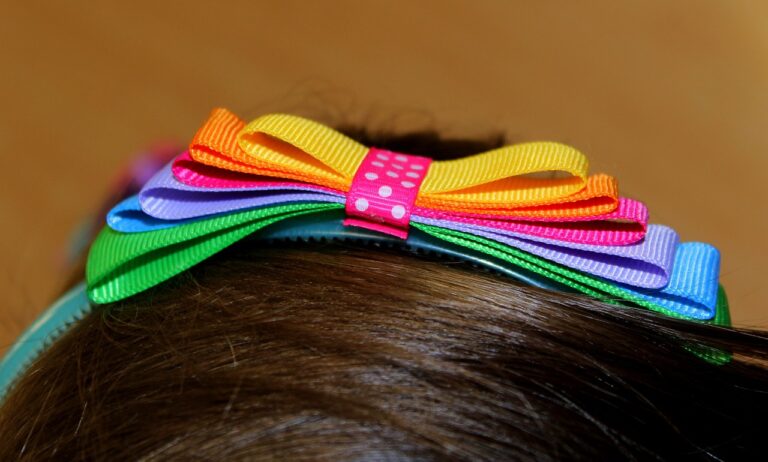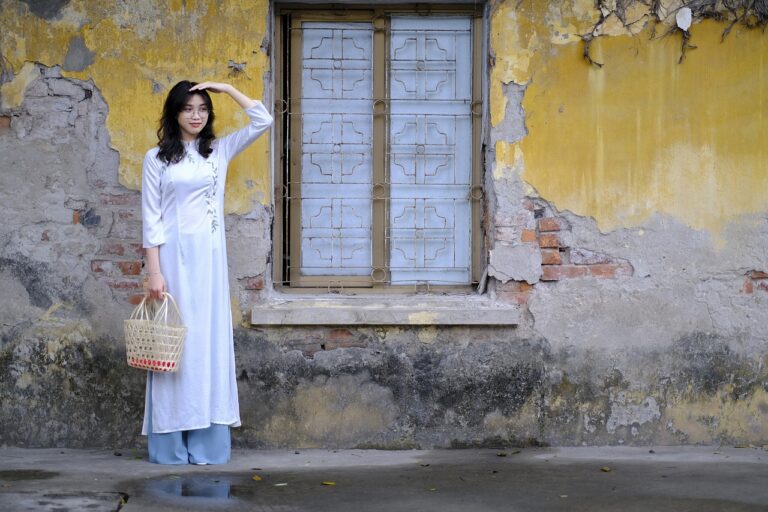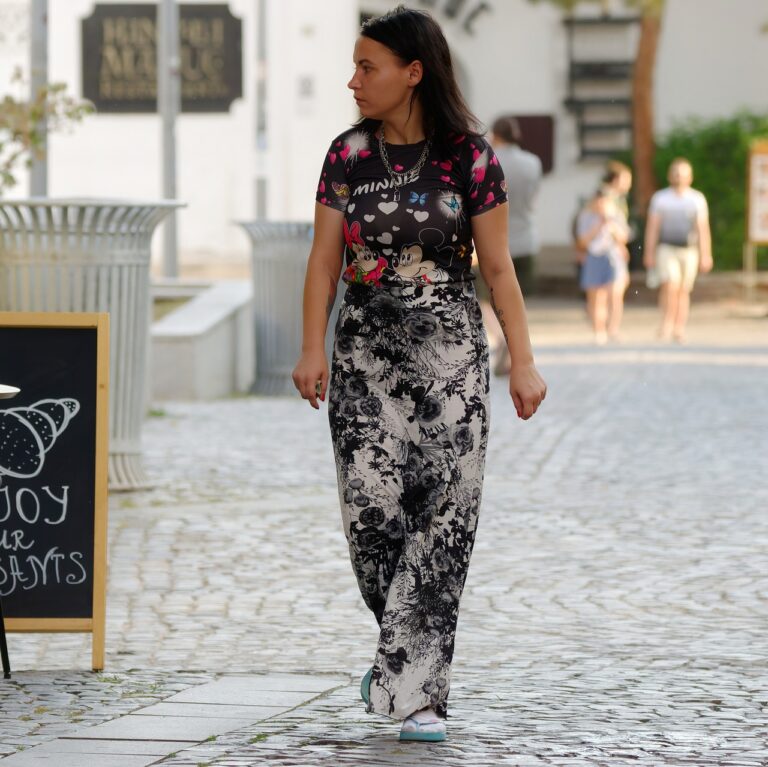Fashion and Gender: Breaking Down Boundaries
Gender identity refers to a person’s internal sense of their own gender, which may or may not align with the sex they were assigned at birth. It encompasses how individuals perceive themselves and how they express their gender through behavior, appearance, and other characteristics.
This concept recognizes that gender is a complex social construct that is not solely determined by biology. Gender identity is an integral part of a person’s self-concept and can play a significant role in shaping their experiences, interactions, and sense of belonging in society.
Historical Perspectives on Fashion and Gender
Fashion has long been a powerful tool for expressing gender identity throughout history. In ancient civilizations, garments often played a significant role in demarcating one’s gender within society. For instance, in ancient Rome, the toga was a fundamental garment that differentiated between male and female attire. Men wore the toga, symbolizing their social status and citizenship, while women adorned themselves in distinct tunics and stolas.
During the Renaissance period in Europe, fashion continued to serve as a marker of gender distinctions. Women’s attire often featured voluminous skirts and corsets, emphasizing a curvaceous silhouette, while men’s clothing typically consisted of tailored suits and structured garments that highlighted strength and power. These sartorial choices reinforced societal norms surrounding masculinity and femininity, dictating the acceptable forms of expression for each gender.
What is the definition of gender identity?
Gender identity refers to an individual’s personal sense of their own gender, whether it aligns with the sex they were assigned at birth or not.
How has fashion played a role in shaping gender identities throughout history?
Fashion has played a significant role in shaping and expressing gender identities throughout history, as clothing and style are often used as a way to convey cultural norms and expectations related to gender.
How have historical perspectives on fashion and gender evolved over time?
Historical perspectives on fashion and gender have evolved significantly over time, with changing social norms and attitudes leading to shifts in how clothing and style are used to express gender identity.
What are some examples of how fashion has been used to challenge traditional gender roles in history?
Throughout history, there have been numerous examples of individuals and movements using fashion to challenge traditional gender roles, such as the emergence of unisex clothing styles in the 1960s and 1970s.
How do historical perspectives on fashion and gender continue to influence contemporary understandings of gender identity?
Historical perspectives on fashion and gender continue to influence contemporary understandings of gender identity, as the ways in which clothing and style are used to express gender continue to be shaped by past cultural norms and expectations.





